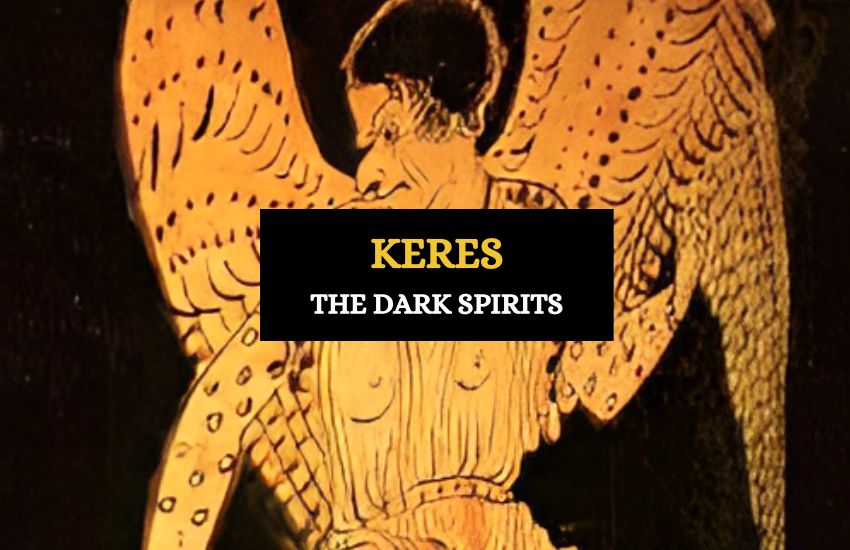
Table of Contents
Keres are spirits of Greek mythology associated with death and destructive fate. They symbolized the darker aspects of human life and the afterlife. Let’s take a closer look at the fascinating story of Keres and what they symbolized in Greek mythology.
Who are the Keres?
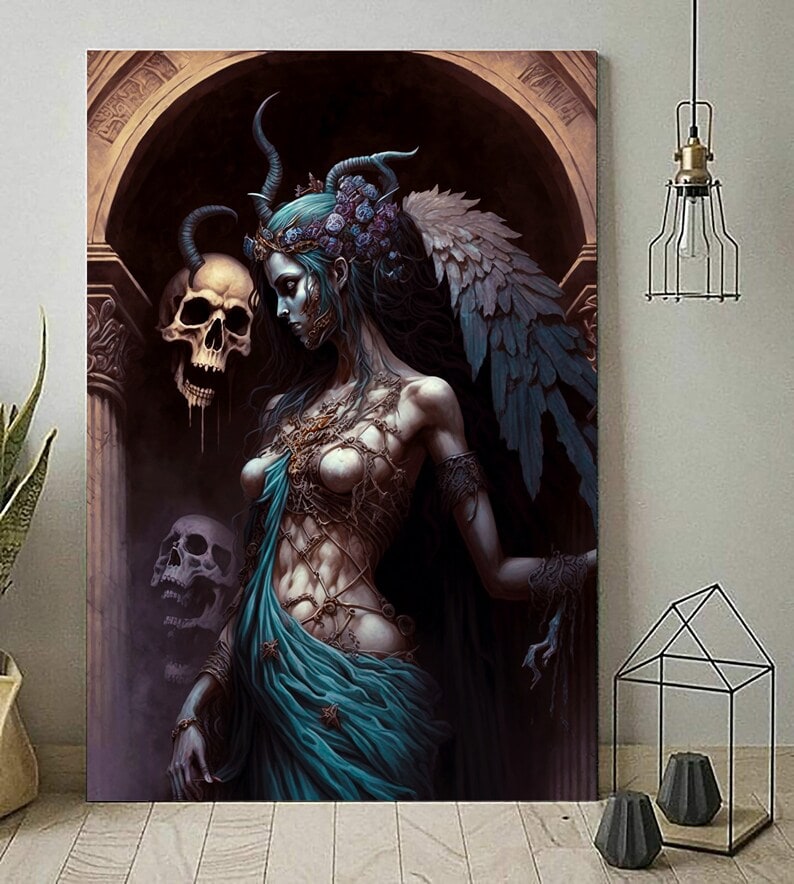
The Keres are spirits or goddesses of violent or cruel death, including death in battle, by accident, murder, or ravaging disease. They’re often depicted as women dressed in bloody garments. Sometimes, they’re associated with the fate of individuals, and were linked to the Moirai, or the Fates.
In literature, especially in Homer’s works like the “Iliad,” Keres are described as being on the battlefield, flying over the fighters, and waiting to claim the souls of the fallen. Homer describes them in Book 18 of the Iliad as follows:
…And Ker the destructive; she was holding a live man with a new wound, and another one unhurt, and dragged a dead man by the feet through the carnage. The clothing upon her shoulders showed strong red with the men’s blood as she glared horribly and gnashed her teeth till they echoed. All [the Keres] closed together like living men and fought with each other and dragged away from each other the corpses of those who had fallen.”
This reminds us of the Norse Valkyries, who were female spirits that served Odin. They too would claim the souls of some chosen fallen, but in that case, they took them to Odin’s hall, Valhalla to train and await Ragnarok. The Keres, however, would take the souls of fallen warriors to the Underworld.
The Origin of Keres
In Hesiod’s “Theogony,” the Keres are described as daughters of Nyx, making them sisters to various other dark deities such as the Moirai (Fates), Thanatos (Death), Hypnos (Sleep), Eris (Strife), and Nemesis (Retribution), among others.
However, different versions of the myth suggest different parentages for the Keres. Some accounts claim they’re the offspring of Nyx and Erebus, the embodiment of Darkness, while others mention them as children of Nyx and Moros, who represents Doom. In rarer instances, they’re even suggested to be daughters of Zeus and Hera.
What is the Role and Symbolism of Keres?
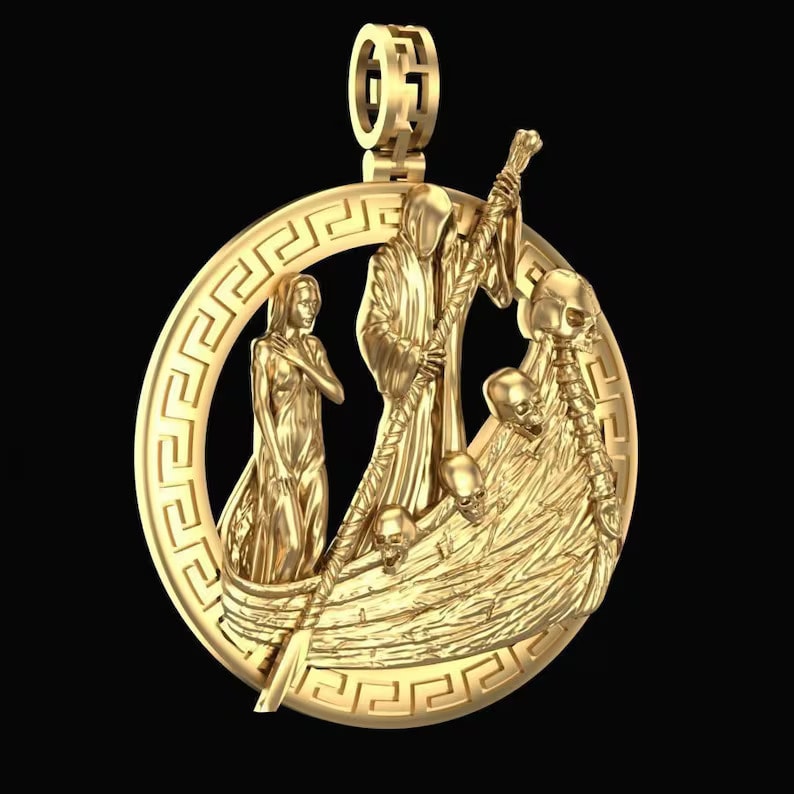
Unlike Thanatos, the Greek personification of peaceful death, The Keres represent a more violent end of life. Here’s what they symbolize.
1. Death Spirits
Keres are known to be insatiable in their thirst for blood and seem to revel in the cruelty and chaos of war. Their presence is a constant reminder of the deadly stakes in any conflict.
2. Fates and Destiny
In some accounts, Keres are also linked with the concept of fate. They’re sometimes considered similar to, or even conflated with, the Moirai, also known as the Fates. In this role, they might be seen as determining the manner and timing of a person’s death.
3. Female Death Spirits
As female death spirits, Keres also have a role in the greater Greek pantheon and mythological system. They add to the complexity of the Greeks’ conception of death, enriching it beyond a single, male personification (Thanatos) to include a variety of forms and modes, each with its own nuances and implications.
In essence, the role of Keres in Greek mythology is to embody and personify the darker aspects of human mortality, particularly violent death and the harsh realities of war. They’re reminders of the dangers and potential abruptness of life’s end.
Keres vs. Other Beings Related to Death in Greek Myth
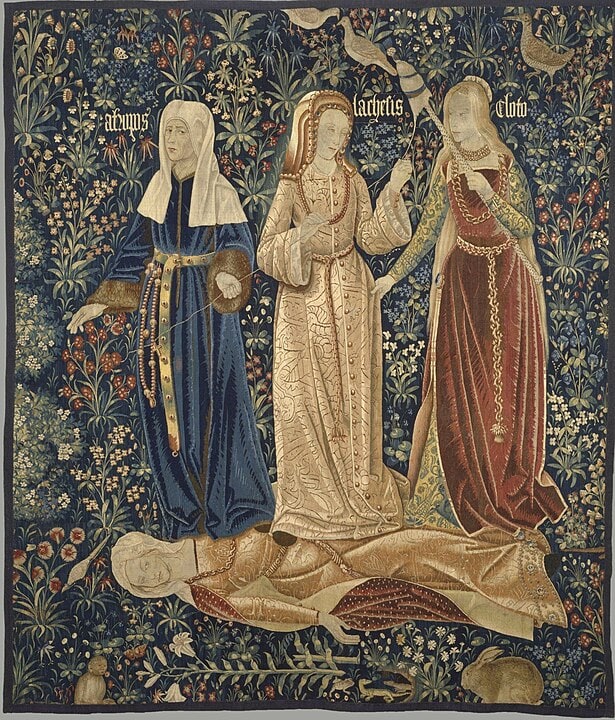
There are many deities and spirits associated with death in Greek mythology. So how do the Keres differ? The Keres symbolize sudden, violent death which is different to some of the other deities. This sets them apart, but also creates interesting connections and contrasts with other Greek deities.
1. Keres vs. Thanatos
Thanatos is the personification of death. He isn’t a scary figure but is often depicted as a young man who has to do his duty. He sometimes represents peaceful death. Thanatos has the demeanor of a tranquil and compassionate hospice nurse. This is very different from the Keres, who are much like grim reapers on the battlefield, reveling in chaos and carnage. They exude an unyielding and relentless nature, far removed from the benevolence exhibited by Thanatos.
2. Keres vs. the Moirai (Fates)
The Moirai, also known as the Fates, have the job of determining the course of a person’s life and their ultimate death. In a way, the Keres and the Moirai work in the same field—dealing with death and destiny—but they have very different roles.
The three female Fates are like meticulous planners, weaving, measuring, and snipping the thread of life, managing a person’s lifespan from birth to death. But while the Fates are planners, the Keres, deal with that planning. They’re all about the sudden, brutal cuts to the thread of life, especially in the carnage of war.
3. Keres vs. Eris (Strife)
Eris, the goddess of strife and discord, and the Keres could be seen as partners in crime when it comes to the horrors of war. Eris is like the one who stirs the pot, inciting conflict and tension that often explodes into war. Keres swoop in afterward, thriving in the ensuing chaos and dealing with the deadly fallout. They’re the cleanup crew dealing with the bloody, fatal consequences of conflict.
4. Keres vs. Hades
Hades, as the god of the underworld, has dominion over the realm of the dead. He’s the ultimate landlord for souls after death. The Keres don’t manage what occurs after death —they don’t oversee the afterlife. They’re all about the moment of violent death, and once they’ve claimed the souls of fallen warriors, they pass these souls onto Hades’ domain for him to rule.
Keres in Art and Iconography
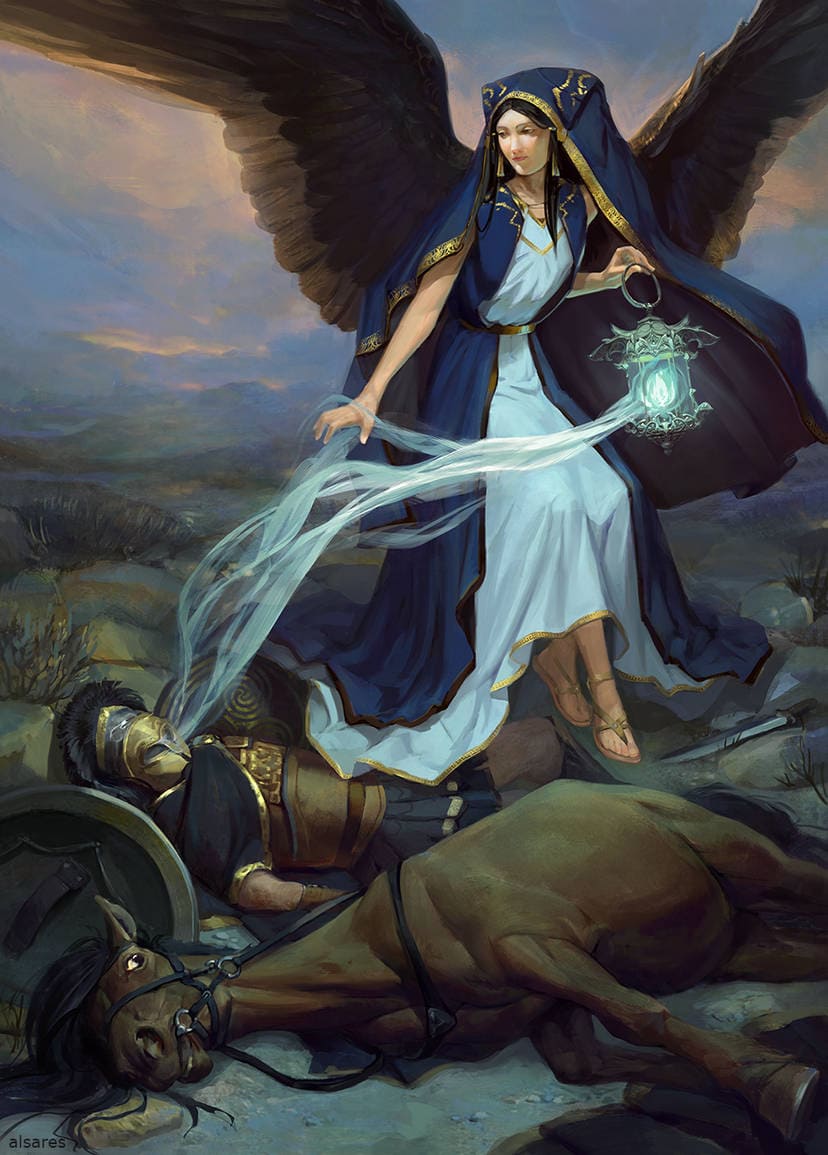
There are thousands of Keres that haunt the battlefield. Much like the spirits themselves, the way Keres are represented in ancient art can be quite chilling and ominous. Their appearance alone signifies a battlefield’s devastation, and they’re often shown with wings.
You might mistake the winged Keres to be Harpies and while there is some overlap in artistic representations, Harpies, unlike Keres, are more commonly associated with punishment. They were typically sent to torment those who had upset the gods.
In addition to their grim attire and wings, Keres are sometimes portrayed with a range of horrifying attributes, such as gnashing teeth, talons, and carrying a variety of deathly implements, enhancing their portrayal as brutal agents of death.
On a somewhat lighter note, Keres sometimes appear alongside the gods of war. For example, in the arts, they’ve been portrayed beside Ares, the god of war, or his sister Eris, the goddess of discord, highlighting their integral role in the warfare cycle.
Modern Interpretations of Keres
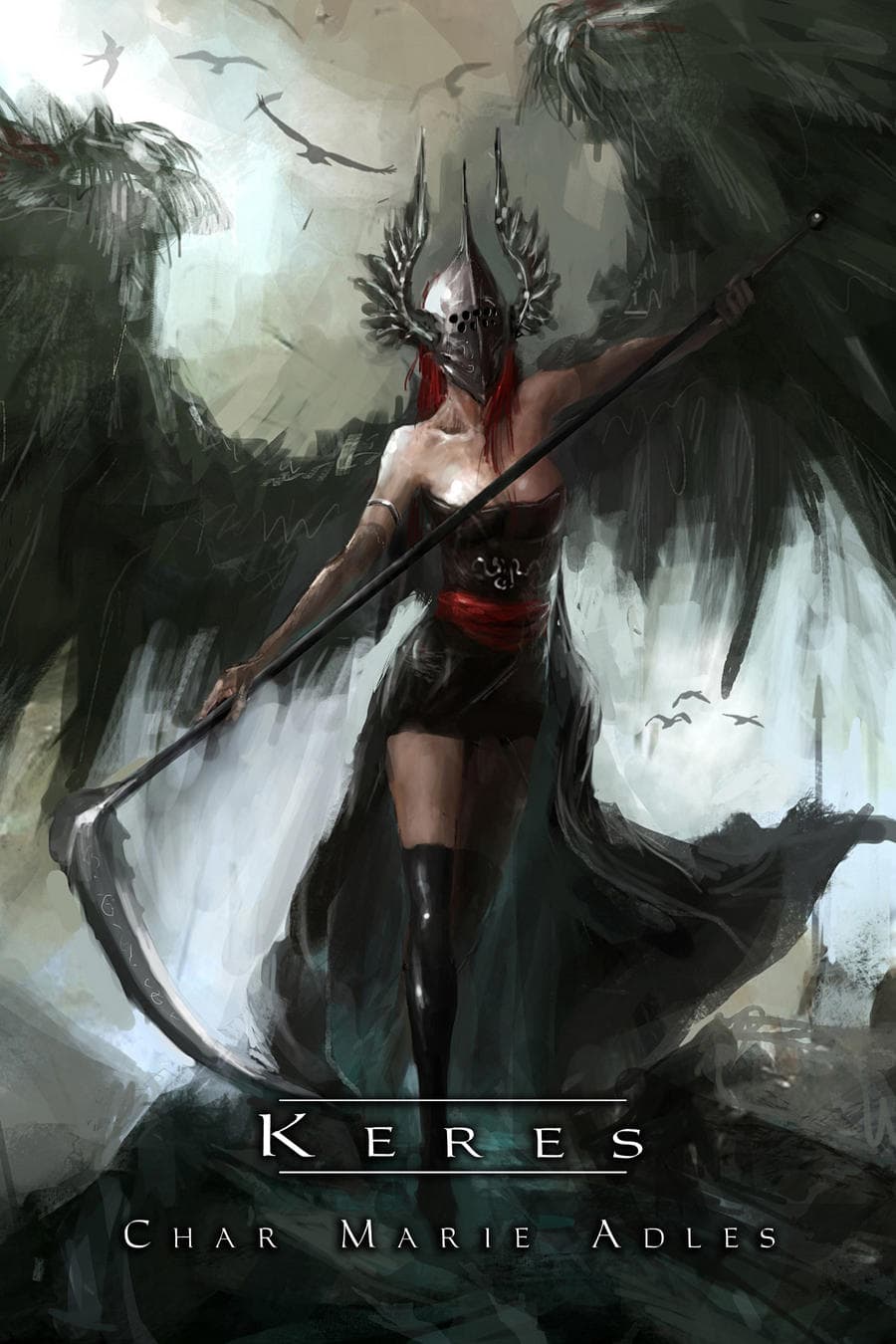
As spirits of violent death from ancient Greece, Keres may seem far removed from our contemporary world, but they continue to surface, primarily in pop culture and various forms of media.
1. In the Percy Jackson Series
To start with, Keres have made their way into literature. In Rick Riordan’s Percy Jackson series—a modern reimagining of Greek mythology—the Keres appear as adversaries, underscoring their role as agents of violent death. It’s a bit of a nod to the old legends, with a modern twist, as they challenge the young demigods in the series.
2. In the Grimm Fairy Tales
Now, shifting gears a bit, we head into the realm of comic books. The Keres take center stage in Zenescope’s Grimm Fairy Tales’ spin-off, “Grimm Tales of Terror.” In this modern adaptation, the Keres are personified as three sisters who function as agents of death, each representing a different aspect of it. It’s a darker take but stays true to the original mythology’s essence.
3. In Video Games and Music
Video games aren’t left out of the mix, either. In the game “God of War: Ascension,” the Keres are depicted as handmaidens of the Furies, complete with their gruesome and violent characteristics.
Then, in the realm of music, the American heavy metal band Manowar has a song called “The Dawn of Battle,” which refers to Keres as the “Daughters of Doom.”
4. In Astronomy
Finally, the influence of the Keres extends even to astronomy. There’s an asteroid belt object named after them, known as 214869 Keres. I guess you could say the Keres have truly reached stellar heights!
So, while the Keres might originate from ancient Greek myths, their legacy endures, woven into the tapestry of contemporary culture. Isn’t it fascinating how these ancient figures can be repackaged and reinterpreted for modern audiences?
FAQs about Keres
The Keres are ancient spirits associated with death and destruction.
They are primarily known as the daughters of Nyx, the goddess of the night.
In Homer’s “Iliad,” they’re depicted as dark beings that linger on battlefields to carry away the souls of fallen warriors.
They symbolize the inevitability of mortality and the vulnerability of humankind.
They’re considered sisters to various dark deities like the Moirai, Thanatos, Hypnos, Eris, and Nemesis.
Wrapping Up
In Greek mythology, the Keres, with their menacing aura, remind us of the inescapable and often chaotic nature of death. Though their tales may chill us, they’ve managed to survive centuries, evolving from dreaded spirits of yore to complex characters in modern narratives.
This enduring fascination with the Keres underscores our timeless quest to understand, personify, and come to terms with mortality— a testament to the captivating power of ancient mythology in the contemporary world.
Related Articles
Greek Mythology’s Perseus: The Hero, The Slayer, The Saviour
The Erotes: Winged Gods of Love in Greek Mythology
Centaurs in Greek Mythology: Half-Horse, Half-Human Beings
Nereids: The Sea Nymphs of Greek Mythology
Urania (Ourania): Muse of Astronomy in Greek Mythology








